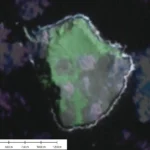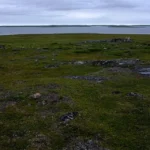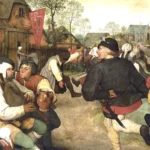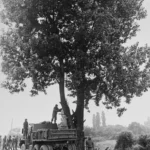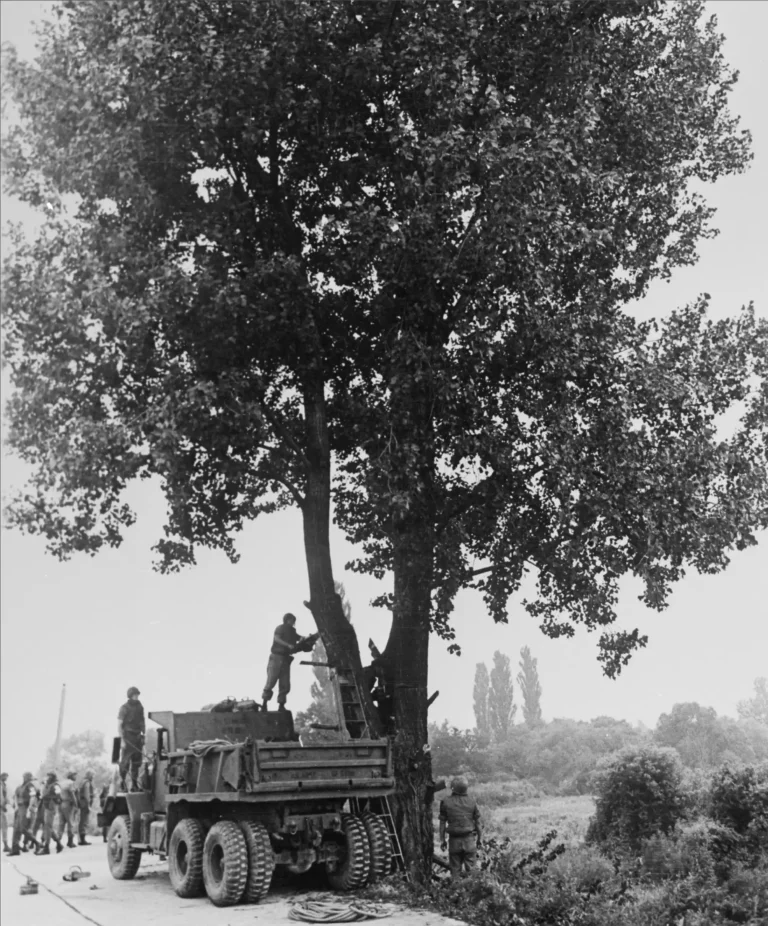
Operation Paul Bunyan: Chainsaws on the Brink of War
In August 1976, a simple tree stood at the center of one of the tensest moments of the Cold War. A 98-foot poplar in the Joint Security Area (JSA) blocked the line of sight between United Nations Command (UNC) checkpoints and observation posts. What began as a routine pruning job swiftly spiraled into the most spectacular “gardening” operation ever launched: Operation Paul Bunyan .
From Pruning to Provocation
On 18 August, a KSC (Korean Service Corps) work detail escorted by U.S. and South Korean officers began trimming the poplar. After about 15 minutes, North Korean guards—led by Senior Lieutenant Pak Cheol—ordered the team to stop. When Captain Arthur Bonifas turned his back to continue the pruning, Pak gave the order: “Kill the bastards!” Two U.S. officers, Bonifas and First Lieutenant Mark Barrett, were bludgeoned to death in under 30 seconds. The poplar incident, immortalized as the “axe murder” event, left tensions at DEFCON 3 .
Operation Paul Bunyan: A Show of Force
Three days later, at 07:00 on 21 August, the UNC unleashed Operation Paul Bunyan. Named after the mythical lumberjack, the mission was a textbook exercise in gunboat diplomacy:
- Task Force Vierra: 23 U.S. and South Korean vehicles carried engineering teams armed only with chainsaws.
- Security & Deterrence: Two 30-man security platoons, South Korean Special Forces, 20 U.S. helicopters, Cobra attack gunships, B-52 bombers on alert, and an offshore aircraft carrier group—all to ensure no repeat of the axe murders.
In just 42 minutes, the tree was down. North Korean forces, outmatched and outgunned, stood by without firing a shot .
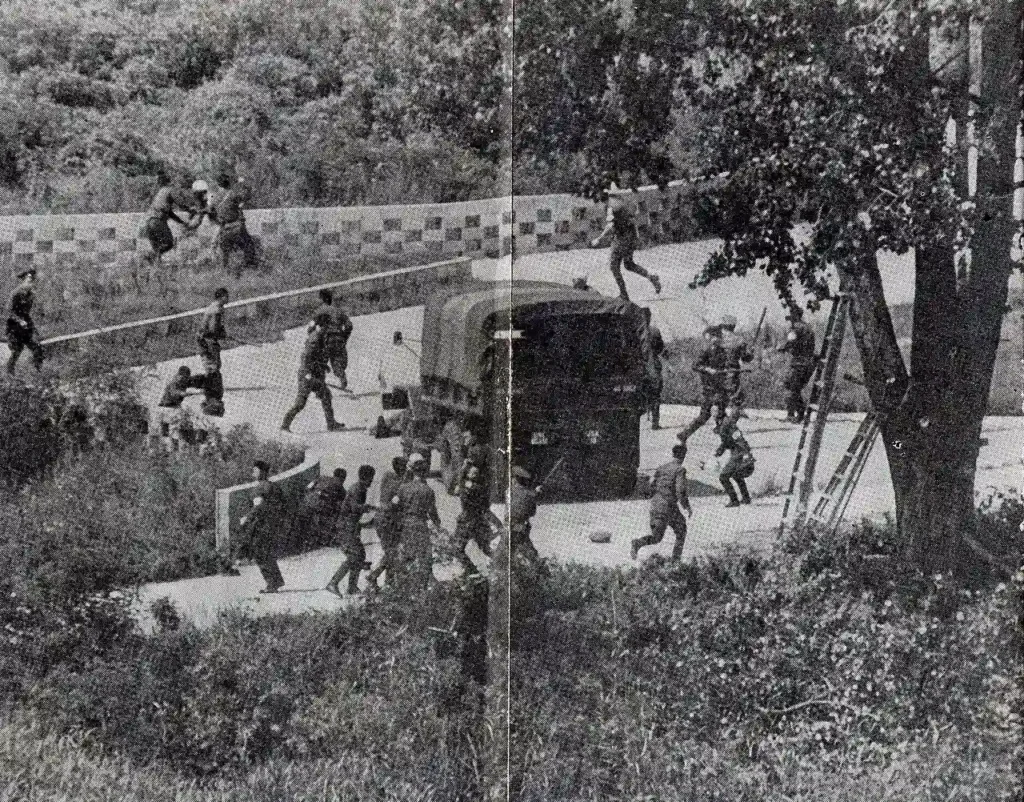
Why It Worked
Operation Paul Bunyan succeeded because it balanced overwhelming force with restraint. By using only chainsaws—no explosives or direct lethal force—the UNC achieved its goal: remove the provocation, punish the perpetrators’ regime, and deter further aggression without igniting full-scale war. The operation underscored the limits of brinkmanship and highlighted a fleeting moment when even the smallest tree could be a geopolitical flashpoint .
Legacy and Lessons
The fallen poplar stump was replaced by a monument in 1987, but the story endures as a reminder of how fragile peace can be. Operation Paul Bunyan influenced later rules of engagement in the JSA and remains a case study in combining engineering, diplomacy, and military might to defuse—and deter—conflicts.

